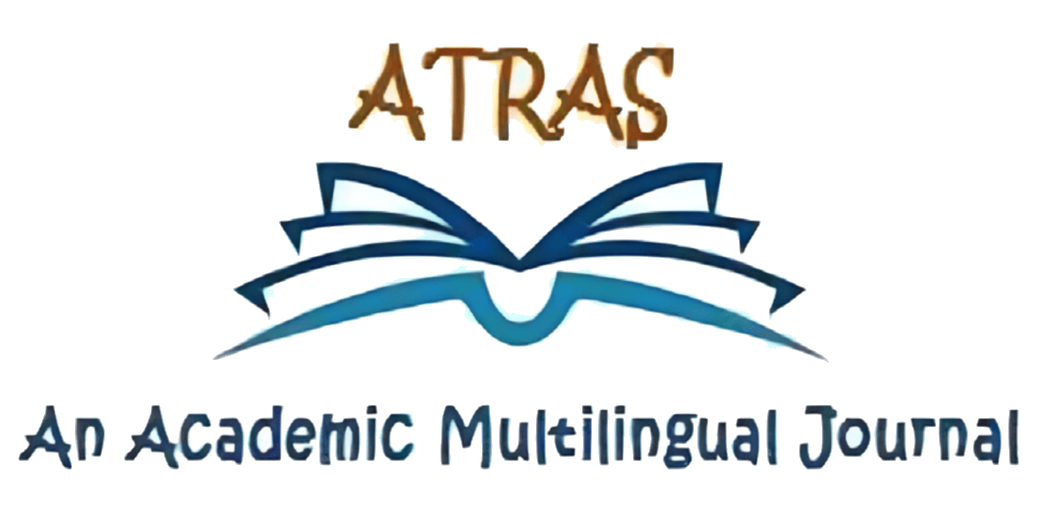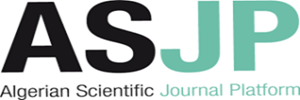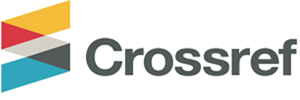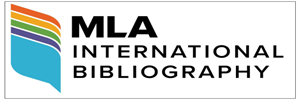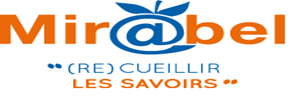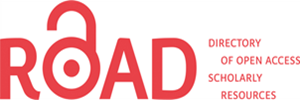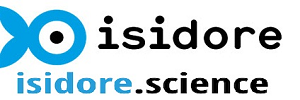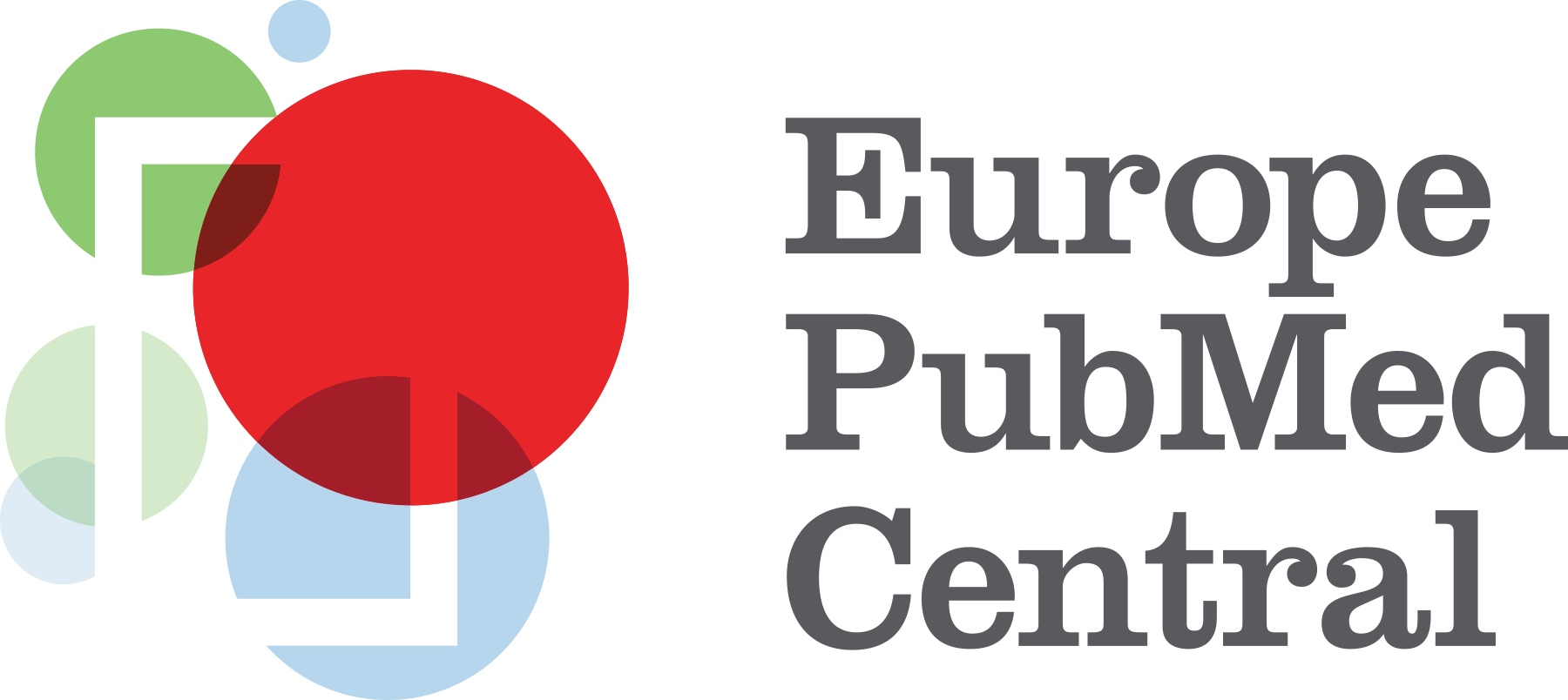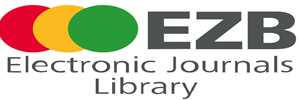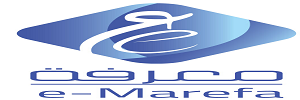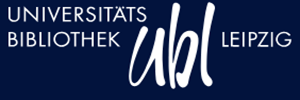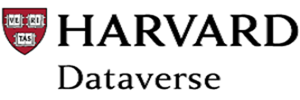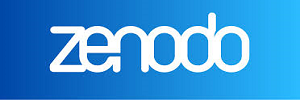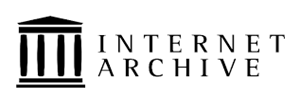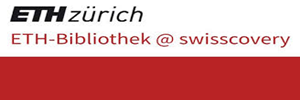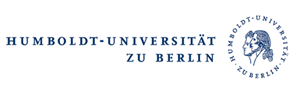Teachers’ Attitudes about the Feasibility of Using ChatGPT in English Classes: The Case Study of EFL Teachers at Khenchela University
Souhia SI ALI
Is a PhD student in Algerian literature at Mohamed El Bachir El Ibrahimi University (Bordj Bou Arreridj), Algeria
souhia.siali@univ-bba.dz
https://orcid.org/0009-0009-4536-1567
Hafida BENGANA
Majoring in Algerian literature, teacher at Mohamed El Bachir El Ibrahimi University (Bordj Bou Arreridj), Algeria
hafida.bengana@univ-bba.dz
Abstract
This study aims to explore the concepts of digital transformation and the mechanisms of artificial intelligence in the present era. All AI programs serve as a bridge between computational technologies and their practical applications in various fields of science, particularly focusing on the humanities. Given the significance of the idea that digital transformation and AI technologies primarily aim to simulate human intelligence, perform its cognitive functions, and execute its mental processes at the required speed, this informational issue has become a contemporary challenge among researchers. This topic has gained special importance when we attempt to apply its research findings to virtual creative art, with a specific focus on dramatic art. In this critical analysis, we follow a semiotic approach. From this perspective, the subject of our study addresses: “Digital Transformation and AI Applications in Analyzing the Play A Journey in a Coma in which the author JazilaMimshawi adopted some artificial intelligence techniques, attempting to simulate historical figures with virtual dramatic characters, and relying on the element of time by connecting the past with the future to keep pace with contemporary developments.
Keywords: A Journey in a Coma, Artificial Intelligence, automated media, text analysis, theatrical discourse
DOI:
https://doi.org/10.70091/atras/AI.38
How to Cite this Paper :
Si Ali, S., &Bengana, H. (2024). Digital Transformation and AI Applications in Analyzing the Play A Journey in a Coma. Atras Journal, 5 (Special Issue), 599-610
References:
Al-Arabi, O. a. (2019). Artificial Intelligence and Natural Language Modeling (M. A. Al-Arabi, Ed.). Riyadh: Dar Wujuh
Al-Khatib, H. (2011). Literature and Technology. Doha: Ministry of Culture, Arts, and Heritage
Al-Qashaa’la, B. ( 2021). The Concise Concept of Intelligence. Palestine: Center for Psychological Studies in Electronic Publishing
Ben Abdel Nour, A. (2005). Introduction to Artificial Intelligence. The Kingdom of Saudi Arabia: Technical Sciences
Ben Dhamane, O. (2015 ). Conceptual Metaphor Theory and Literary Discourse. Damascus: Dar Rwaya for Publishing and Distribution
Boudayar, S. (2024). Artificial Intelligence in the Service of the Arabic Language – Smart Writing Assistant for the Arabic Language as an Example.The Objectives in Language and Literature, 3(1)
Chandler, D. (2008). Foundations of Semiotics. (T. Wahba, Trans.) Lebanon: The Arab Organization for Translation
Guiraud, P. (1984). Semiotics. (A. A. Zeid, Trans.) Lebanon: Awidat Publications
Hamdaw, J. (2016). i Digital Literature: Theory and Practice. Jordan: Al-Warraq Foundation
Hamon, P. (2013). Semiology of Novelistic Characters (S. Benkrad, Trans.) Latakia: Dar Al-Hiwar
Jibran, M. (1986). Al-Raed: A Modern Linguistic Dictionary. Lebanon: Dar Al-Ilm Lilmalayin
Karam, Z. (2009). Digital Literature- Cultural Questions and Conceptual Reflections-. Cairo: Dar Ru’ya Publishing and Distribution
Khourchid, F. (1991). The wondrous world of popular literature.Cairo: Dar Al-Shorouk
Magdy, N. (2020). Artificial Intelligence and Machine Learning. Emirates: Arab Monetary Fund
Mimshawi, J. (2018). Journey in a Coma. Tlemcen: Editions of the Book Tree
Play, W. (2008). Artificial Intelligence. Egypt: Dar Al Farouk for Cultural Investments
Saidi, M. (2024, 01 25). Intelligence And The Digital Image In Movie HER by the Director ” Spike Jonze “. Cinema Horizons Journal,10( 2), 89-99

Copyright for all articles published in ATRAS belongs to the author. The authors also grant permission to the publisher to publish, reproduce, distribute, and transmit the articles. ATRAS publishes accepted papers under the Creative Commons Attribution-NonCommercial 4.0 International (CC BY-NC 4.0) License. Authors submitting papers for publication in ATRAS agree to apply the CC BY-NC 4.0 license to their work. For non-commercial purposes, anyone may copy, redistribute material, remix, transform, and construct material in any media or format, provided that the terms of the license are observed and the original source is properly cited.
